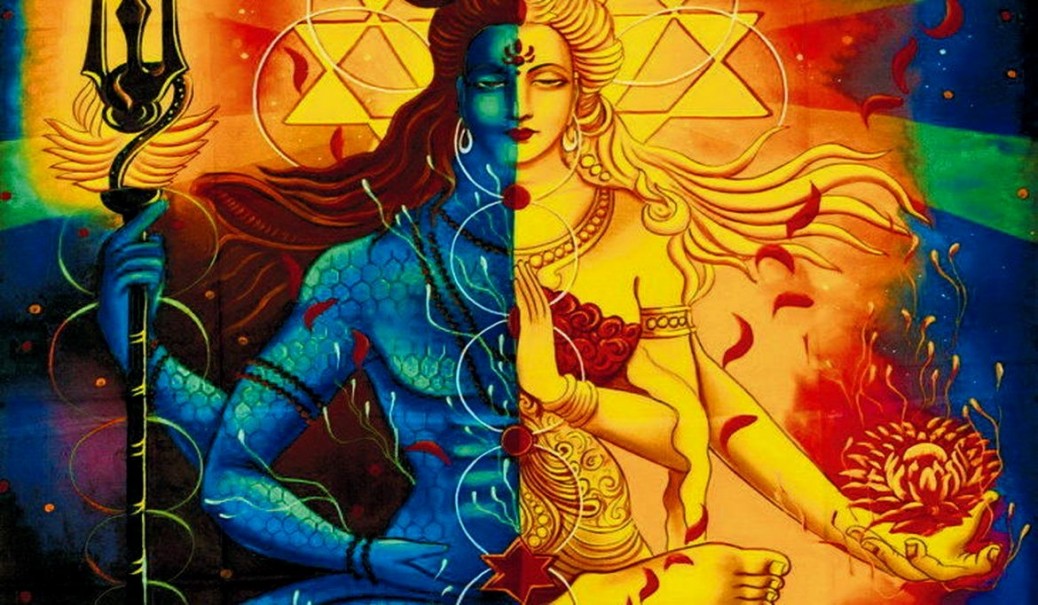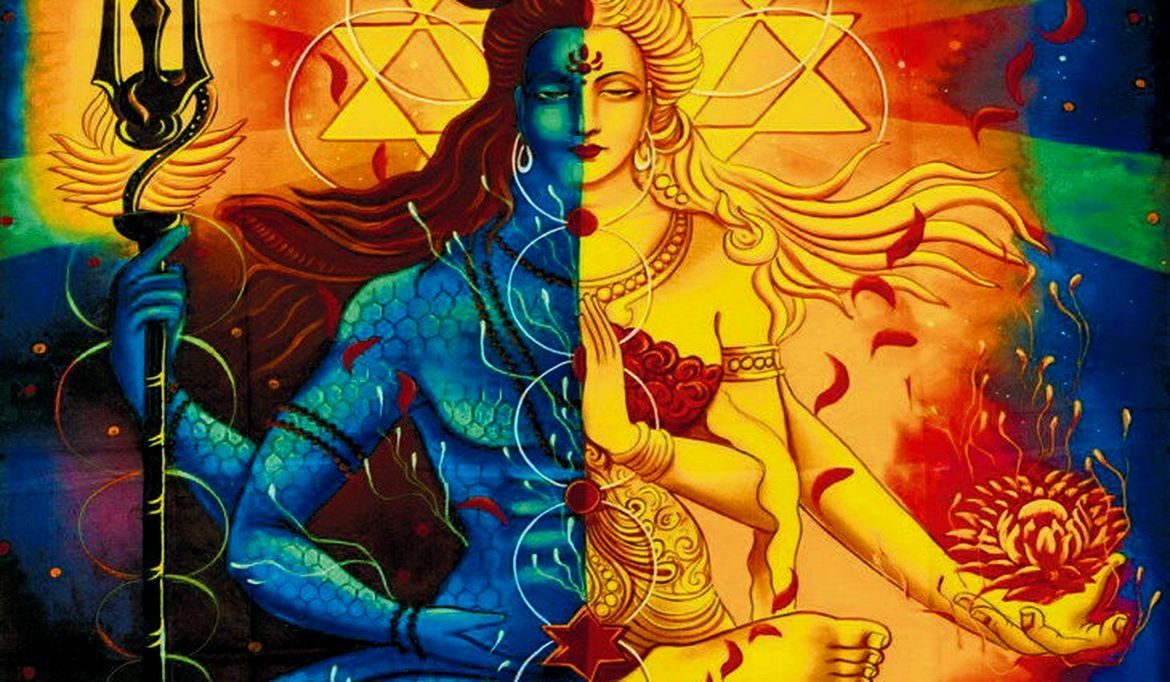VBT – Meditation 82.4
Feeling First
This sutra says: FEEL. Be established in feeling first. Then MY THOUGHT. Look at that thought which you have always been calling MY – MY THOUGHT. Established in feeling, looking at thought, the MY disappears. And MY is the trick because out of many MY’S, out of many ME’S, the I evolves – this is MINE, this is MY. So many MINE’S; out of them I evolved.
This technique starts from the very root. Thought is the root of all. If you can cut the feeling of MY at the very root, it will not appear again, it will not be seen anywhere again. But if you don’t cut it down there, you can go on cutting everywhere and it is useless; it will go on appearing again and again.
I can cut it. I can say, ‘My wife? No, we are strangers, and marriage is just a social formality.’ I cut myself away. I say, ‘No one is my wife’ – but this is very superficial. Then I say, ‘MY religion,’ Then I say, ‘MY sect.’ Then I say, ‘This is MY religious book. This is the Bible. This is the Koran. This is MY book.’ Then the MY continues in some other field and you remain the same.
MY THOUGHT, and then I-NESS. First look at the traffic of thought, the process of thought, the river-like flow of thought, and find out whether any thought belongs to you or whether they are just passing clouds. And when you have come to feel that no thought is yours, to attach MY to any thought is an illusion, then the second thing; then you can move deeper. Then be aware of I-ness.
Where is this I?
Raman used to give a technique to his disciples: they were just to enquire, ‘Who am I?’ In Tibet they use a similar technique, but still better than Raman’s. They don’t ask, ‘Who am I?’ They ask, ‘Where am I?’ – Because the WHO can create a problem. When you enquire, ‘Who am I?’ You take it for granted that you are; the only question is to know who you are. You have presupposed that you are. That is not contested. It is taken for granted that you are. Now the only question is WHO you are. Only the identity is to be known, the face is to be recognized, but it is there – unrecognized it is there.
The Tibetan method is still deeper. They say to be silent and then search within for where you are.
Go on in the inner space, move to every point and ask, ‘Where am I?’ You will not find it anywhere.
And the more you seek, the more it will not be there. And asking ‘Who am I?’ or ‘Where am I?’ A moment comes when you come to a point where you are, but no I – a simple existence has happened to you. But it will happen only when thoughts are not yours. That is a deeper realm – I-NESS.
We never feel it. We go on saying I. The word I is used continuously – the most used word is I – but you have no feeling. What do you mean by I? When you say I, what do you mean? What is connoted through this word? What is expressed? I can make a gesture. Then I can say, ‘I mean this.’ I can show my body – ‘I mean this.’ But then it can be asked, ‘Do you mean your hand? Do you mean your leg? Do you mean your stomach?’ Then I will have to deny, I will have to say no. Then the whole body will be denied. Then what do you mean when you say I? Do you mean your head?
Deep down, whenever you say I, it is a very vague feeling, and the vague feeling is of your thoughts.
Tags: Feeling First




